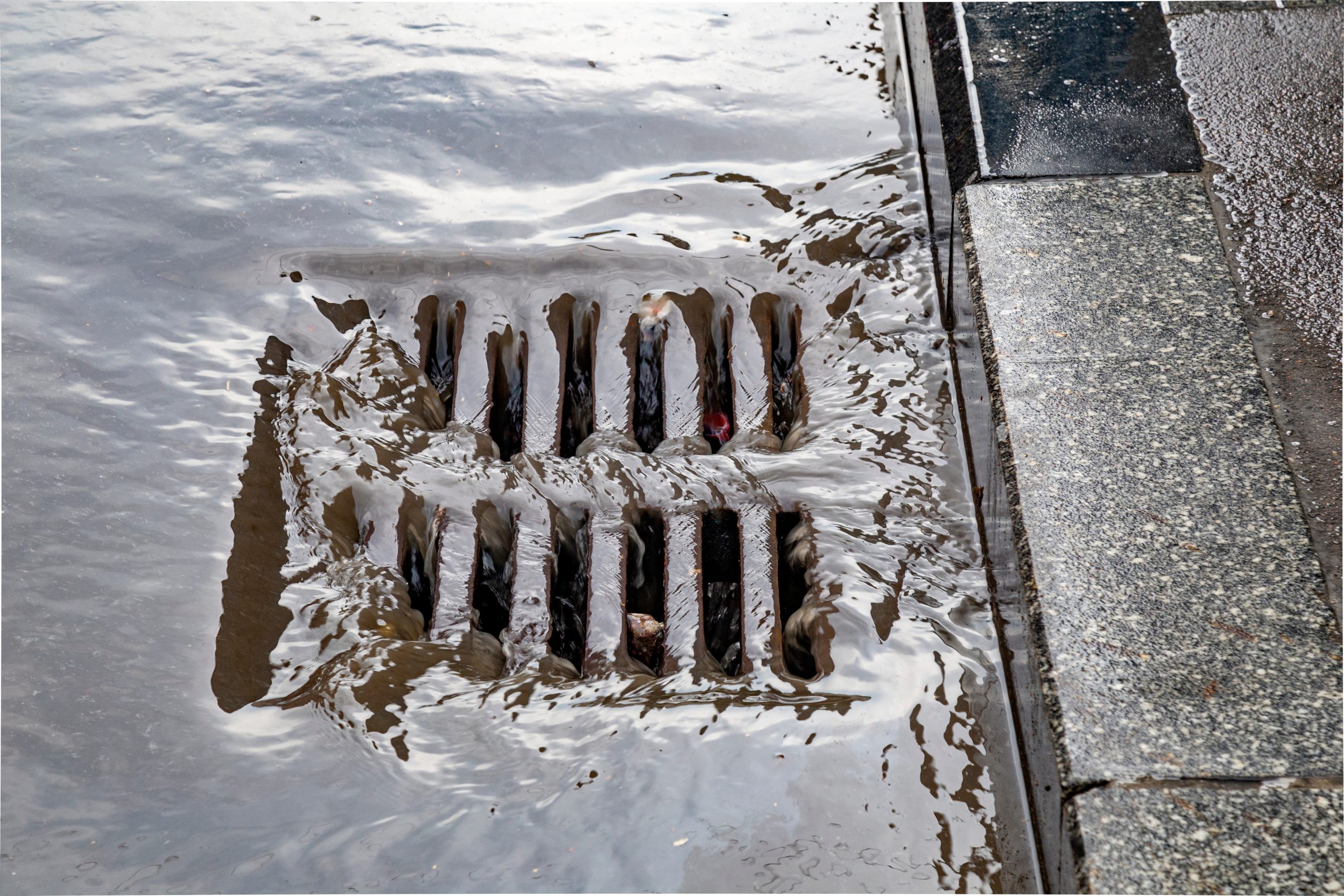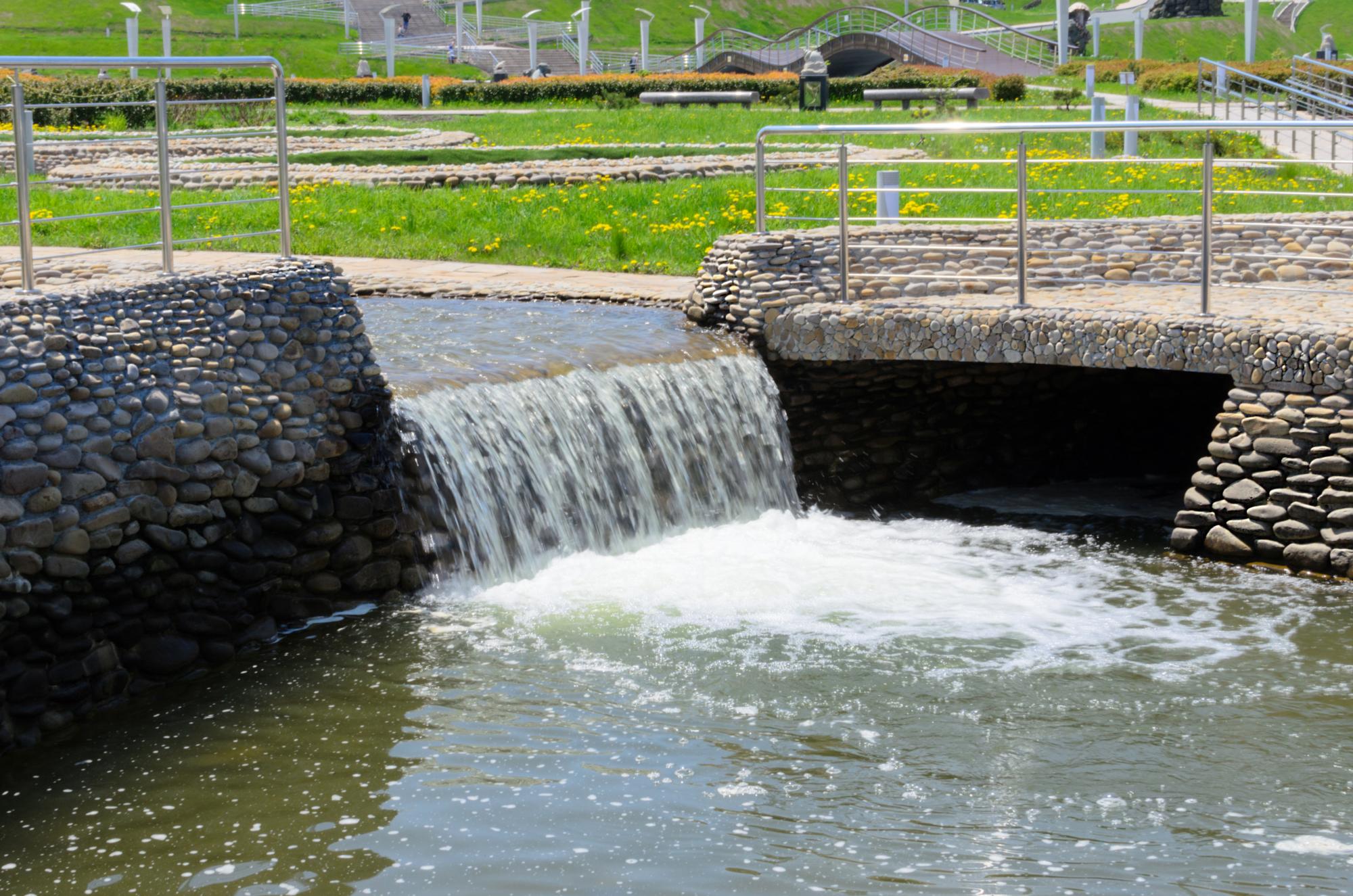Effective construction site maintenance is essential for several reasons. It’s an excellent way to keep costs down, ensure a smooth process, reduce the need for QA, and keep workers safe. However, some things are out of your control, the biggest of which is nature.
Not only can unpredictable weather delay timetables and curtail work progress, but it can also lead to many environmental issues.
Stormwater runoff from construction sites is one of the biggest causes of water pollution, and its effects can devastate local flora and fauna. This runoff can carry countless pollutants from onsite materials not adequately secured to eroded soil that releases sediment into the water.
A stormwater pollution prevention plan (SWPPP) is a proactive approach, often mandated by the EPA, to address the risk of pollution caused by stormwater runoff and keep construction zones safe.
However, SWPPPs can be complex and require ongoing maintenance and changes to maintain proper compliance. For this reason, we recommend working with a qualified SWPPP company specializing in environmental consulting and management.
This guide will explain the importance of the SWPPP and why outsourcing your SWPPP to a specialized company is often in your best interest.
What Is a SWPPP? What Does It Do?
All construction sites disturb the land around them and directly impact the natural flow of stormwater. So, while it might seem minor at first, even the slightest disturbance can lead to significant consequences for the land around you.
For example, improper drainage can lead to flooding. On the other hand, erosion caused by land disturbance can leave sediment liable to get washed away with the runoff, which can cause turbidity and disturb aquatic life. Likewise, toxic pollutants that gather in work zones are liable to be washed away if proper protections are not put in place.
A SWPPP addresses these concerns by developing a plan from their initial phases to construction to restabilizing the site after activity has ceased to limit the amount of erosion and toxic runoff that occurs.
A SWPPP thus consists of a series of various controls (known as BMPs) to limit erosion and pollution caused by runoff, such as silt fences, wattles, and ripraps, as well as controls to filter out any heavy sediment and pollutants, such as drain inlet barriers, sediment basins, and filters.
However, SWPPPs are living documents requiring frequent inspections, training, and reporting to maintain compliance. For this reason, a SWPPP requires sites to be inspected every few days or after a significant rain event to ensure all controls work as intended.
Benefits of a SWPPP
An SWPPP is essential for controlling potential problems like flooding, erosion, and pollution on construction sites. Here’s a closer look at the key benefits it provides:
- Flood Prevention: Construction sites disrupt the natural flow on the site or cause water to flow into unintended areas. SWPPPs direct water along safe pathways to avoid flooding and minimize impacts on the surrounding land and local infrastructure.
- Erosion Control: Without proper planning, rainwater can cause significant soil erosion, stripping away vegetation and destabilizing land. SWPPPs include Best Management Practices (BMPs) that control erosion by stabilizing soil, using barriers, and directing water flow to protect the landscape and prevent damage to nearby properties.
- Pollution Reduction: Stormwater runoff can carry contaminants like oils, chemicals, and construction debris into water sources, harming local ecosystems. An SWPPP ensures pollutants are contained or filtered before they reach storm drains or bodies of water, helping to protect both wildlife and human communities from hazardous exposure.
- Compliance with Environmental Regulations: Many construction projects are legally required to have a SWPPP to meet EPA and NPDES (National Pollutant Discharge Elimination System) requirements. Compliance with these regulations helps avoid fines, project delays, and potential liability issues, ensuring the project runs smoothly and remains within the law.
When Is a SWPPP Required?
Any time a project disturbs an acre of land or more, an NPDES (National Pollutant Discharge Elimination) permit is required. To receive this permit, a SWPPP must be submitted and approved. That means virtually any sizable commercial and many residential jobs are needed to build this plan.
It also doesn’t matter the nature of the facility. Whether it is a host of harmful chemicals or not isn’t important, as the disruption of the land can be just as dangerous as pollution.
Who Is Responsible for SWPPP Compliance?
A qualified SWPPP developer is responsible for developing a SWPPP and, in some states, must be implored by a qualified SWPPP practitioner. That means someone on the construction team will either need to have these qualifications, or you will need to hire a company to help you with this.
There is the option to obtain these qualifications. However, that may postpone the project for some time, putting a major dent in profitability. Moreover, the added expenses of training and so on don’t improve things.
Hiring a company to do this for you isn’t as expensive as you might think. The average price of an SWPPP, not the implementation, runs from $1,000-$6,000—depending on the size and nature of the project. In the grand scheme of things, that’s a relatively minor expense, and it can save you thousands of dollars that are associated with the headaches of not being prepared or failing to build and execute a proper plan.
Why Hiring a SWPPP Company Is Worth It
By partnering with a SWPPP company, you gain access to expert guidance and support throughout your project, from plan development to ongoing monitoring. This simplifies regulatory compliance and allows your team to focus on core construction activities, saving time and money in the long run.
- Expertise and Compliance: SWPPP companies have specialized knowledge in stormwater management and environmental regulations, ensuring your plan meets local, state, and federal standards.
- Time and Cost Efficiency: Training in-house staff to meet SWPPP qualifications can delay projects and add expenses. Hiring a company streamlines the process, often at a lower overall cost.
- Reduced Risk of Fines and Project Delays: Non-compliance with environmental regulations can lead to costly fines and delays. SWPPP companies help prevent these issues by meticulously managing stormwater and pollution controls.
How to Form a SWPPP
Please note that what is required of a SWPPP depends on the construction site’s size and features. So, what is necessary for one site is not necessary for the other.
However, these four steps will help any site build the right plan.
1. Form a SWPPP team:
Gather qualified personnel with knowledge of stormwater management and local regulations.
Your team’s expertise directly impacts the SWPPP’s effectiveness in protecting the environment and maintaining compliance.
2. Identify potential sources of pollution:
Assess construction materials, hard surfaces, and potential chemical or material spills that could impact stormwater. This step helps pinpoint specific risks and allows the team to plan for pollutant control proactively.
3. Document pollution control measures:
Outline measures like sediment control, spill prevention, and erosion barriers to manage pollutants and minimize exposure. These actions form the core of the SWPPP, ensuring pollutants are contained and runoff is managed properly.
4. Describe inspection procedures:
Regular inspection and upkeep are vital. Detail how the team will monitor, repair, and maintain each control measure. A solid inspection plan helps keep the SWPPP effective and addresses potential problems before they become serious.
Fortunately, you don’t have to go about this alone. There are companies all over the country that specialize in this area. We at Path Light Pro are more than happy to provide their services by building a proper plan for you. Doing so is also the best way for many to ensure they have the best SWPPP. Contact our nationwide staff today for additional information.
FAQs
Why is a SWPPP important on a construction site?
A SWPPP protects the environment by managing stormwater runoff, preventing pollution, and complying with regulatory requirements. It helps safeguard nearby water sources, wildlife, and communities.
How does SWPPP help prevent pollution?
SWPPPs outline BMPs, like sediment control and pollution prevention, to keep stormwater runoff clean and free of harmful contaminants, protecting both natural and built environments from damage.


